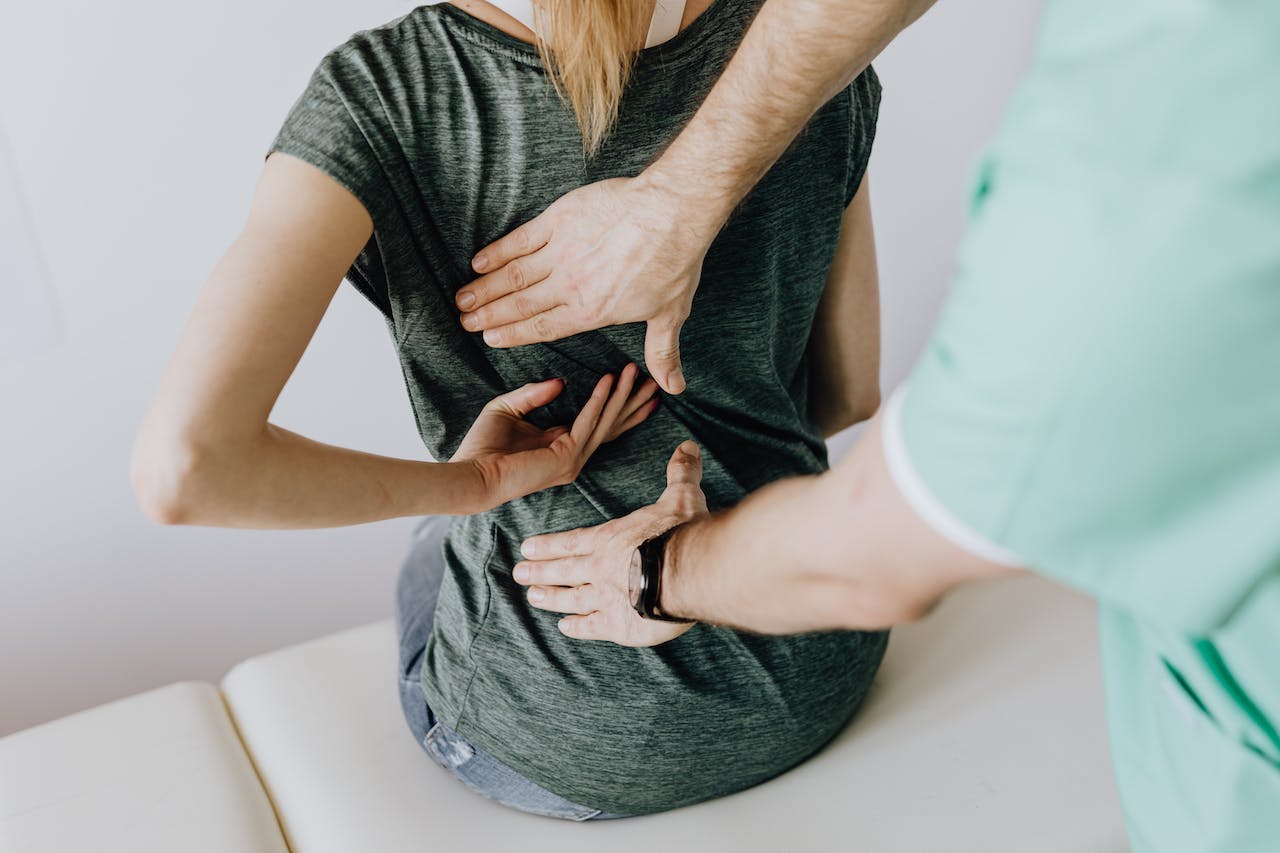Standing Practice In Early Stroke Rehabilitation
Find out what stroke rehabilitation involves, what exercises you can expect and how standing frames can help you make significant progress.

Stroke rehabilitation is a journey marked by challenges, determination, and hope. It involves a comprehensive approach to help individuals regain independence and improve their quality of life after experiencing a stroke. In this blog, we will explore the importance of standing practice in early stroke rehabilitation, emphasising how tools like the EasyStand standing frames can make a significant difference in this process.
What Does Stroke Rehabilitation Involve?
Rehabilitation after a stroke is a multifaceted process. It can take place in an inpatient hospital setting if the stroke is recent, an outpatient unit that you will visit a few times a week, or at home if your needs require it.
Key components of this journey include motor-skill exercises to enhance muscle strength and coordination, mobility training using aids like walkers or ankle braces, constraint-induced therapy which focuses on improving the function of the affected limb, and range-of-motion therapy to ease muscle tension and regain motion.
How Long Does Stroke Rehabilitation Take?
Depending on the severity of the stroke, any subsequent complications and its impact on your body, stroke rehabilitation can take anywhere from several months to a few years. It is a long-term process that will mean re-learning skills and self-confidence.
Typically, for long-term stroke rehabilitation, the greatest progress occurs early in the process, but there is evidence to suggest that you can improve even 12 to 18 months after a stroke
How Does Stroke Recovery Affect Daily Life?
Recovering from a stroke significantly impacts daily life, encompassing physical, cognitive, and emotional challenges. Physically, strokes often cause weakness or paralysis on one side, affecting balance, coordination, and the ability to perform everyday tasks. Cognitively, issues like reduced memory, concentration, and spatial awareness can frustrate and complicate simple activities. Communication difficulties may also arise, leading to reduced social interactions.
To address these challenges, focus on stroke rehabilitation exercises and therapy, relearn skills and adapt to new ways of performing tasks. However, the psychological impact is profound as well. The emotional toll of adjusting to these life changes often leads to feelings of anger, confusion, and mental health issues like depression and anxiety.
How Standing Frames Help Stroke Rehabilitation
For stroke rehabilitation, standing frames such as the EasyStand Evolv, are game-changers. EasyStand standing frames have been a beacon of hope for thousands, empowering them to embrace the health benefits of standing and boosting their self-assurance. With a focus on customisation and support, EasyStand provides personalised solutions, including product demos and bespoke modifications. The user-friendly design of these frames facilitates easy transitions between sitting and standing, promoting autonomy and strength.
The EasyStand Evolv’s modular design is tailored to meet individual needs, aiding in improving limb strength, coordination, and posture. Beyond the physical benefits, these frames ensure a comfortable and safe process for both patients and therapists, signifying a compassionate approach to recovery.
For further information or to discover how EasyStand products can be a part of your or your patient’s stroke rehabilitation, reach out to us via a call or through our contact form. Our team is dedicated to guiding you through each step of your journey, offering support and tailored solutions to meet your unique rehabilitation needs.
In conclusion, early stroke rehabilitation is a path filled with challenges, but it is also a journey of hope and empowerment. Tools like the EasyStand Evolv provide invaluable support for regaining strength, confidence, and a sense of autonomy. As we continue to explore and embrace these innovative solutions, we open doors to a more mobile, independent, and fulfilling life post-stroke.